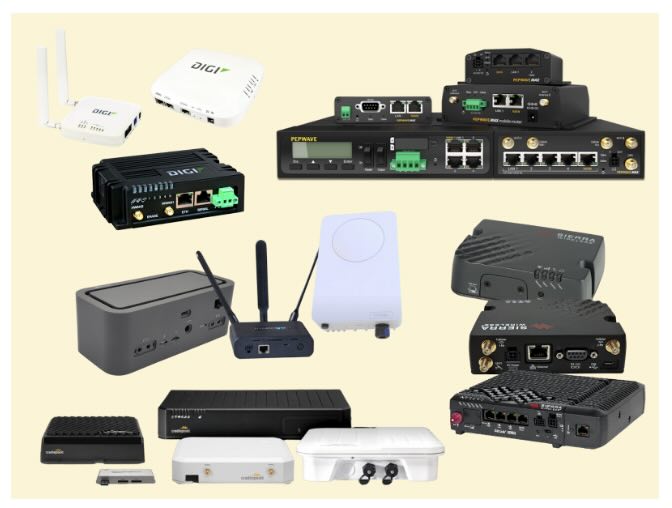



You may have heard the term “Cat” before when it comes to Ethernet cables (e.g. Cat 5, Cat 6), but what about when someone is talking about cellular? “Cat” refers to the category of a 4G LTE modem (5G does NOT use categories). 4G LTE (Long Term Evolution) is a cellular technology in which both voice and data service can operate.
Categories are used to define the performance specs of the LTE device. They range from 1 to 22 and differ with regards to the frequency band support as well as the upload and download speeds they are capable of running. For example, Cat 1 modems can download at up to 10 Mbps (megabits), while Cat 22 modems are going to receive download speeds of up to 4 Gbps (gigabits).
Like Cat 1, the Cat 3 modems are generally carrier specific because of limited frequency band support. However, this is going to provide much faster throughput in comparison. Max download is 100 Mbps and max upload is 50 Mbps. Popular applications might be home or travel as well as small offices where only a handful of devices need to connect.
|
LTE Category |
Max Download Speed |
Max Upload Speed |
|
10 Mbps |
5 Mbps |
|
|
Cat 3 |
100 Mbps |
50 Mbps |
|
150 Mbps |
50 Mbps |
|
|
300 Mbps |
50 Mbps |
|
|
300 Mbps |
100 Mbps |
|
|
600 Mbps |
75 Mbps |
|
|
600 Mbps |
100 Mbps |
|
|
800 Mbps |
226 Mbps |
|
|
1200 Mbps |
300 Mbps |
|
|
1600 Mbps |
300 Mbps |
|
|
2000 Mbps |
300 Mbps |
|
|
4000 Mbps |
450 Mbps |
